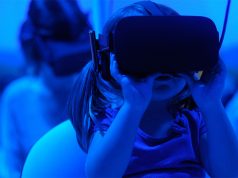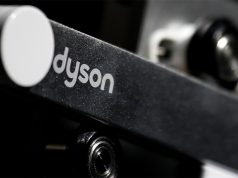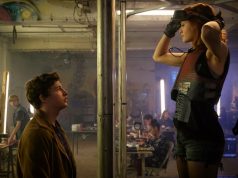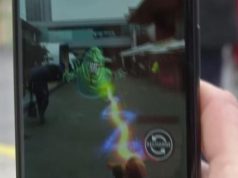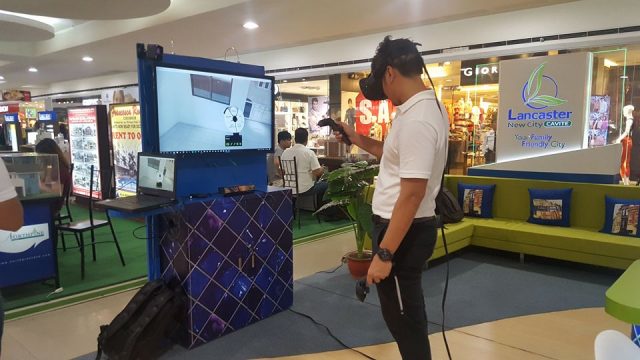
Have you ever been handed a flyer for a condominium, taken a quick glance at the diorama of the development, and, once out of sight of the sales representative, thrown the flyer away?
Immersive technology company Chibot is putting an end to such forgettable encounters.
From a kiosk at the mall, potential clients can simply put on a virtual reality (VR) headset and be transported to a living room, complete with a plush couch, a smart TV, and a patterned rug; a bedroom with a bed, a bedside table with books, and blinds drawn over the windows; and a dining room with an overhead lamp, a table and chairs, and a piece of artwork on the adjacent wall.
Before he co-founded the company, Chibot CEO DJ Baylon had worked in a game development company that does work for game publishers like EA, Ubisoft, and Activision, as well as in production for local and international TV commercials and movies.
In a recent interview with InterAksyon, he discussed how he made the transition from being a 3D artist specializing in 3D lighting and rendering, to an entrepreneur who can be considered a pioneer in VR technology applications in the Philippines.
“The idea actually came from a pain point,” he said in an e-mail. “When I was a CG lighting artist working for a game dev company years back, I realized that 3D rendering, specially architectural visualization renderings, are really time consuming to make, costly, and not that efficient in representing spaces.”
And how, in his opinion, could the process be improved?
“I finished some video games at the time and I thought, what if a game engine is used to do visualization so the viewing is in real-time and the client can view their pre-built property from any angle they wanted and control it just like how you would when playing video games?” Baylon recalled.
This Eureka moment occurred back in 2009 or 2010. He did his research and found that no one was really doing that for the Philippines.
“So I worked on developing my own demo. After I left my job, I settled into becoming a full-time freelance artist doing work for various production agencies. The plan was to still earn to sustain myself, gain more knowledge in the process, and have enough time to build the product,” Baylon said.
In 2016, a few years after the VR industry began its ascent, he started Chibot.
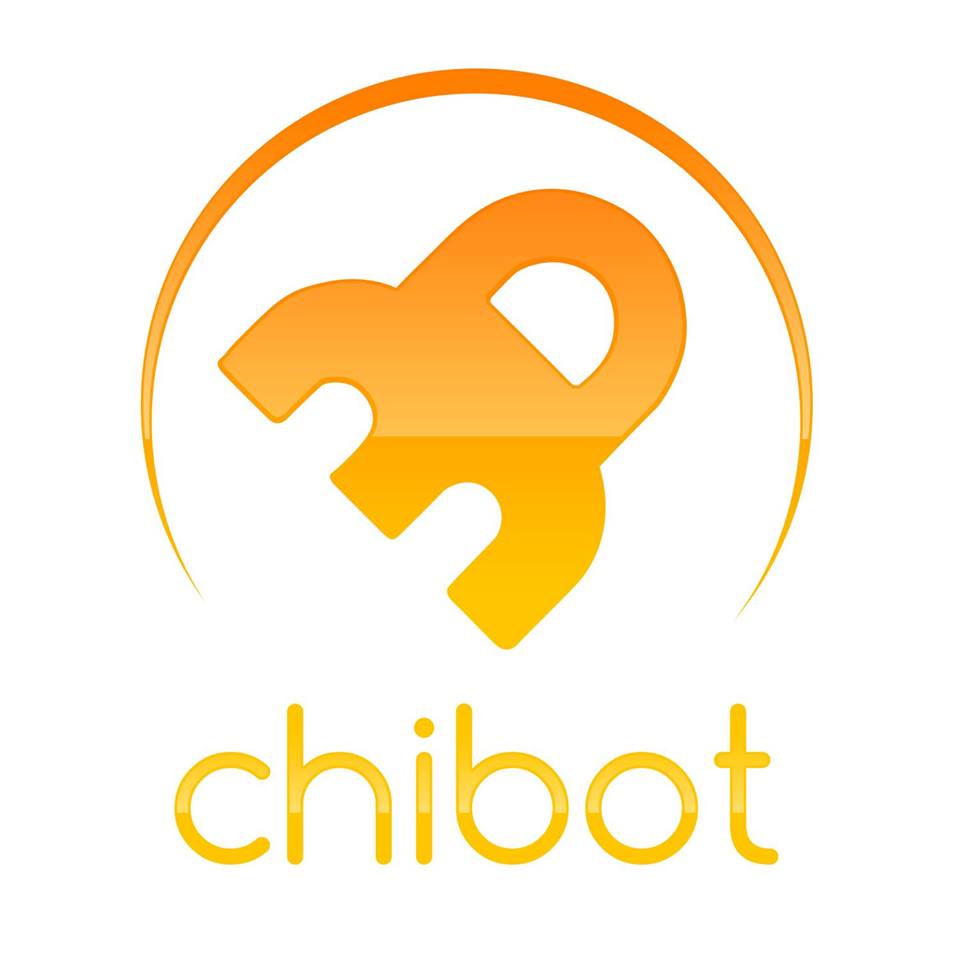
But what is VR, anyway?
VR is an immersion into a digital environment, which may be a representation of the real world, or something completely pulled out of one’s imagination.
And is it the same as augmented reality?
“With VR, you enter the digital. When it comes to AR, you add digital elements to your existing reality. So you’re still there, but with add-ons,” Baylon pointed out.
At first he wanted to focus on the application of VR for real estate. But when consumers started getting their hands on VR headsets like the Samsung Gear VR, he broadened to the maritime training sector, education technology, and even medical applications like InterAksyon’s “Huwag Mahiyang Magtanong” Facebook Live series with affordable medicine provider RiteMed, where the audience was able to “tour” the virtual anatomy as guided by a doctor, who also fielded questions from viewers via the comments section.
He and his team meet with the client, who tells them their requirements, the experience they want to create, and the kind of interactivity involved in the finished product.
“We usually start with pre-production wherein we try to learn everything about the project, its purpose, design, and audience. After getting a grasp of the concept, this where production starts, building the assets and graphic requirements that go into the game engine. And while all the assets are being prepared by the 3D artists, the programmers are creating and testing the interactions needed for the whole experience. When all of these are finally put together, we have the final VR app. It is a collaboration of designers, artists, and programmers,” Baylon explained.
Among their first clients was Profriends, for whom they designed a showroom that could take them inside a number of homes. The showroom became a portable VR experience which they took to different malls. It was a crowd-drawer, with lines of people itching to try the VR device.
Check out their demo video below:
“It can make you feel ‘teleported’ to the actual property. The people get a feel of what it’s like being there. Another good thing about this is that you don’t have to bring people to your physical showroom all the time because you have a portable showroom in your hands. These VR experiences can be composed CGI recreations or combined with 360 photos which are pretty accurate,” Baylon said.
Not only did the prospective clients no longer have to travel to the properties to be able to consider purchasing these, but the sales representatives were able to sell homes in a shorter amount of time, too.
“VR is really powerful because you feel like you’re part of what’s happening,” Baylon said, reflecting on the possibilities of VR for education.
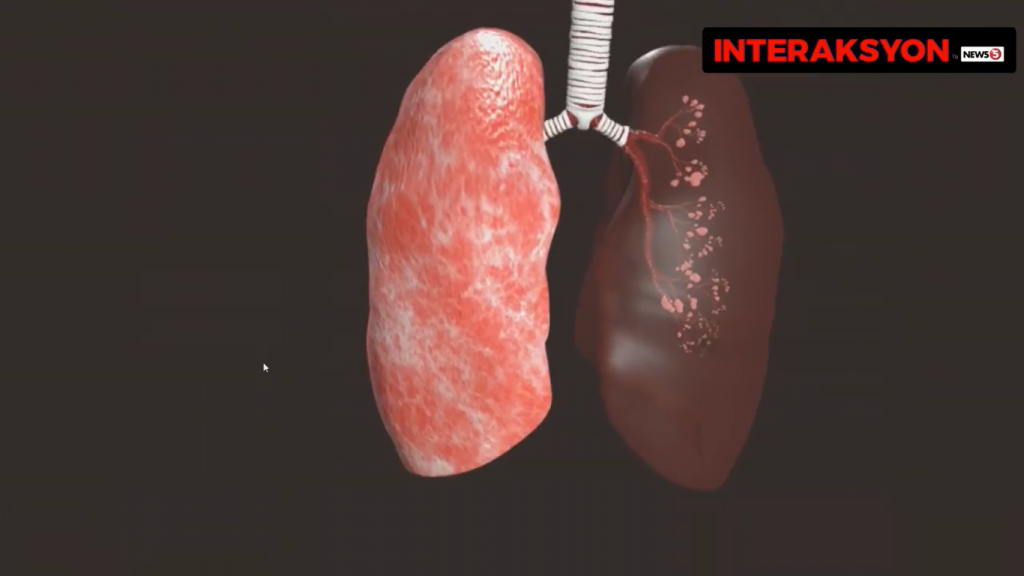
He cited Ayala Museum’s project with Google Cardboard VR headset provider IAMCardboard, where they transported museum-goers into the scene of Jose Rizal’s execution.
Just like the children in the old “Bayani” TV series, users are is in the thick of historical events as they unfolded, Baylon observed.
Chibot is also using VR for training.
Heavy machinery is generally dangerous to handle. Thus, said Baylon, it makes sense to train people in an environment where they can interact with the machines without being at risk of hurting themselves or damaging the equipment.
For example, they did a a prototype of a VR crane simulation for the Maritime Port Authority of Singapore. Here, the user can experience transferring containers from a cargo ship to a truck waiting on the port.
The VR device has a controller, which is why the user still has something to hold and touch. It enables him or her to interact with the VR environment.
A newly trained operator can therefore becomes accustomed to the dashboard of the actual crane, its controls, functions, and locations before he or she uses the actual crane.
“The training cycle time can be shortened, at lower costs, and lower risks,” Baylon said.
He looks forward to creating more content this year, and exploring the avenues VR opens up to Chibot.
Those who are interested in starting a business but may feel that there are too many barriers can learn from Baylon, whose number one advice is: “Just start.”
“Don’t create the entire product. When we started, I wanted to create a full-blown product for real estate. But my problem back then was, if I make it and sell it, I’m not sure it’ll fly. So what I did was to start with a minimum viable product (MVP). Start with something small. Something that doesn’t require too much resources, but enough to test your idea or product,” Baylon stressed.
He continued, “Listen to the consumer. Listen to the market. Because if you iterate as you go, the good thing with it is, when you complete your product, you’re sure someone will listen to you and someone is anticipating your product.”
Another thing he deems important is to partner with people who complement one’s skills. Because he is a 3D artist, he is trained in the production aspect of the enterprise. So he went with his three co-founders.
“Rix, Odi, and Jay, who handle business development, software development, and marketing respectively,” Baylon said.
Asked about his hope for VR in the Philippines, he said he wanted the technology to thrive, and for more and more people to be involved in the community.
“Thanks to VR Philippines, the local VR development scene is thriving. Being a part of this community, I also want to help make the Philippines be on the forefront of this amazing new technology. We want to have as much people involved in VR/AR projects,” he said.
Baylon added, “As an artist, I want the Philippines to be recognized as one of the best VR content developers. We already have the best talents after all.”




